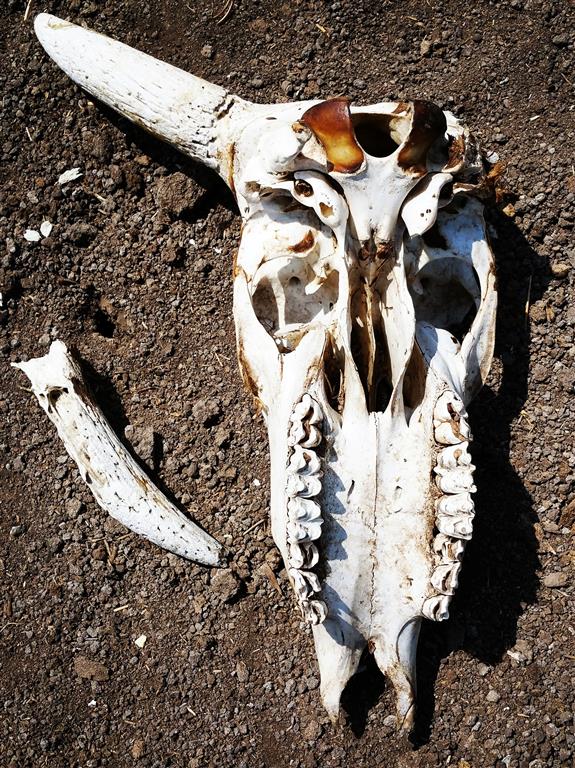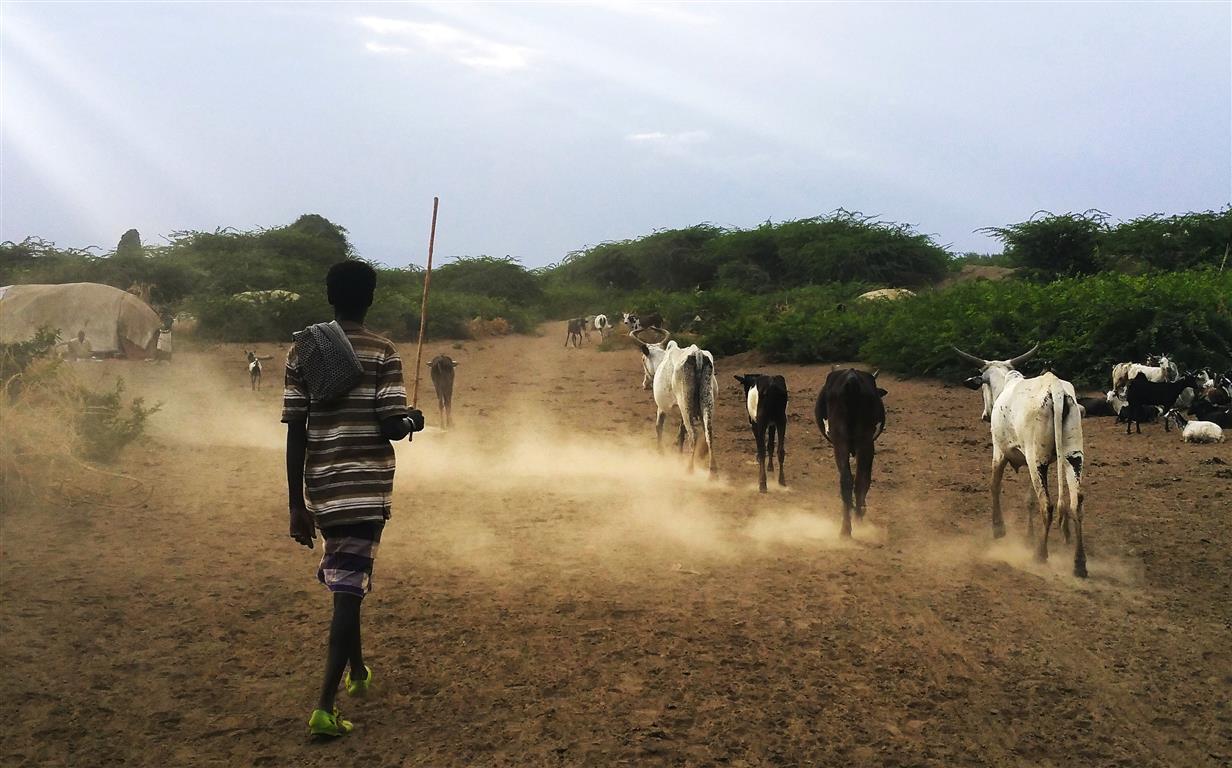Why are the cattle dying?

Written by Roger Few,University of East Anglia – ASSAR Co-Principal Investigator & East Africa Research Team Lead

I thought it might be timely to raise a discussion about the burgeoning numbers of livestock deaths in the region of Ethiopia associated with the current drought. Some of ASSAR’s East Africa team recently returned from the Middle Awash Valley in Ethiopia, where we saw and heard plenty of evidence of cattle deaths, and how the situation is becoming increasingly difficult. Clearly the climatic conditions over several years now have created a deep underlying crisis, and the long months without rain have seen animals steadily weakening, while pastoralists increase the extent of their migrations in an effort to find water and pasture in an extremely dry landscape. It is possible that animals may also be forced to drink from shrinking water bodies contaminated by pathogens and toxins. The environmental triggers of cattle deaths are plain for all to see.
But, we also know that this is not the whole story. It is very easy to be environmentally deterministic in our thinking on this, but just as human famines are widely recognised now to be a failure primarily of distribution and entitlement to food, so the same can apply to the livestock that are such a vital mainstay of the livelihoods of pastoralists and agro-pastoralists in the region. Should we just see the mass cattle deaths as a product of drought? Disaster risk reduction (DRR) approaches remind us that, with political will and effective resources, much could be done to reduce the impacts of hazards, avoid hazards turning into disasters, and strengthen people’s capacity to reduce the impacts of future hazards. Is that just wishful thinking?
Some of this is about behaviour change, some of it is about development, some of it may be about considering carrying capacity, but a lot of it has to be about governance – international, national and local.
We can point to the sky, or, in this year, evoke the even more remote phenomenon of El Niño, but the roots of disaster are likely to be found closer to the ground.

The underlying vulnerability of people in the rangelands has many causes, including changing land use and increasing restrictions on mobility, which are associated with development pathways. There are intense debates in research and policy circles around development pathways that may exacerbate the underlying causes of vulnerability to drought. But even if we limit the consideration to crisis management – through preparedness and emergency response – it seems much could be done.
Here are some extracts from a report by the humanitarian news service IRIN (taken from ILRI’s website) that give a brief indication of how crises can be averted:
|
In our work in Ethiopia and Kenya, we have a strong focus on identifying the multiple, interlocking and multi-scalar stressors and drivers of vulnerability. We are also exploring the spectrum of responses to climate-related risks that people are currently practising, from coping to transformation, and the barriers and enablers to achieving equitable forms of adaptation. Through this work, we aim to contribute to the understanding of what more can be done to strengthen livelihoods and wellbeing of households facing the impacts of environmental change.
Photos by Jennifer Leavy, University of East Anglia